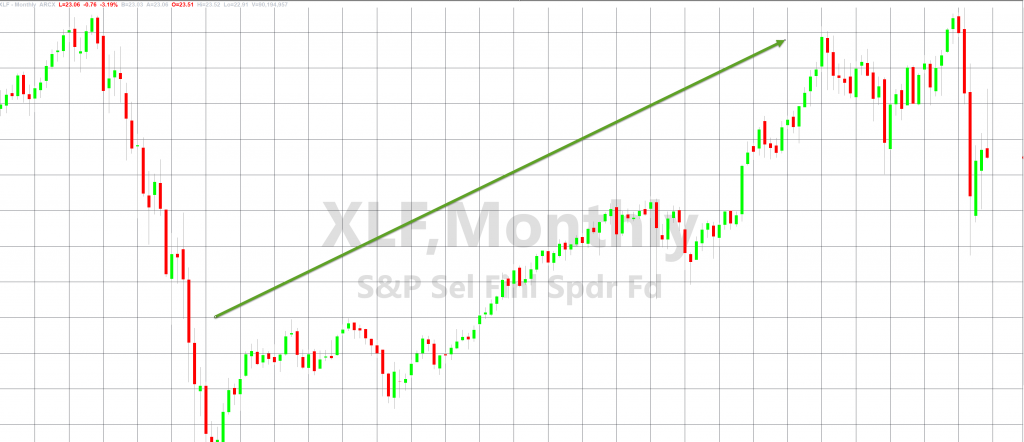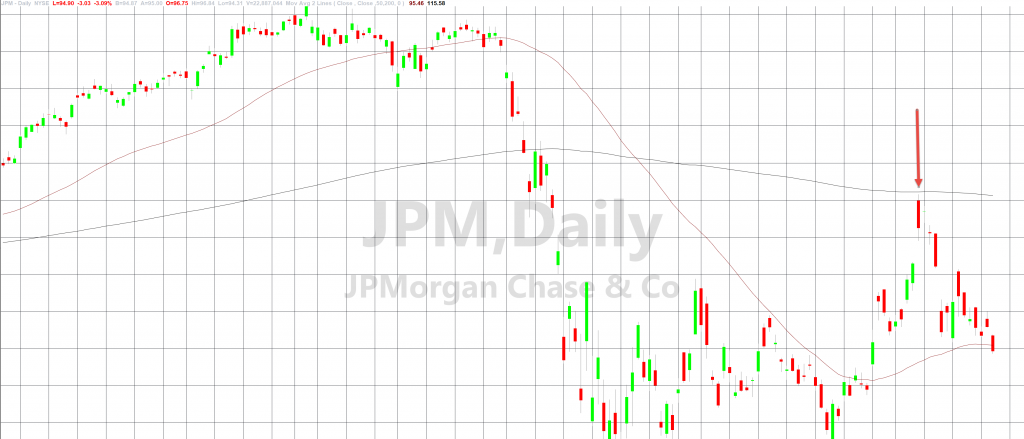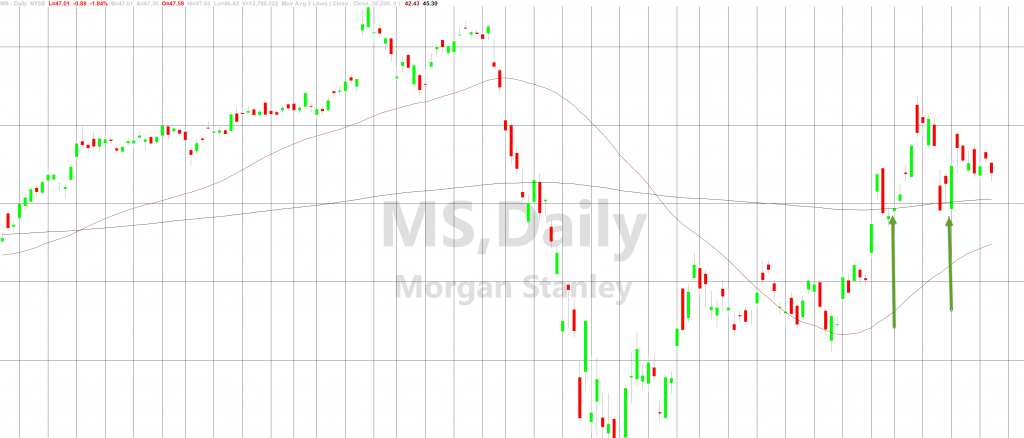The Federal Reserve is set to release the latest stress test results for banks on Thursday, June 25th after the U.S market close. The central bank began conducting the stress tests in 2009, in response to the devastating effect of the global financial crisis. The stress tests gather data from 30 of the largest banks. In the past, banks have shown no major adverse reactions to the test results. This year’s stress test has an added component that will analyze how sensitive the banks are to the Corona Virus pandemic.
Is This Time Different?
Since the global financial crisis, much has changed. The Financial SPDR ETF (XLF), which tracks several large bank stocks, has seen a meteoric rise from a low of $4.77 in March 2009 to $23. Banks have seen much improvement in terms of the stability of their balance sheets since that time. About half of the major U.S banks have also temporarily put off share buybacks for the second quarter in response to the Corona Virus outbreak, taking on a more measured approach than previous years. The real question that will be answered is, “How has the Corona Virus impacted banks?”.
Morgan Stanley Shows Relative Strength
Most of the large-cap U.S banks bottomed from the Covid Correction in late March with the market, consolidated and regained the 50-day moving average, and then bolted toward the longer-term 200-day moving average. Behemoths like J.P Morgan (JPM), Bank of America (BAC), and Citigroup (C) got rejected at that zone, and all racked up losses of 10% or more for the week of June 12th.
Goldman Sachs (GS) fell 7% and gave up its 200-day moving average. One name that did not get hit as hard is Morgan Stanley (MS). Morgan Stanley gave up just 6% on the week and then held the 200-day moving average, a significant divergence in relation to its peers and a sign of Relative Strength (RS).
Traders will be watching to see how share prices react on Friday morning, after Thursday’s announcement. Bank bulls will want to see MS hold the 200-day moving average as well as laggard names like JPM, BAC, and C hold the 50-day moving average below.































